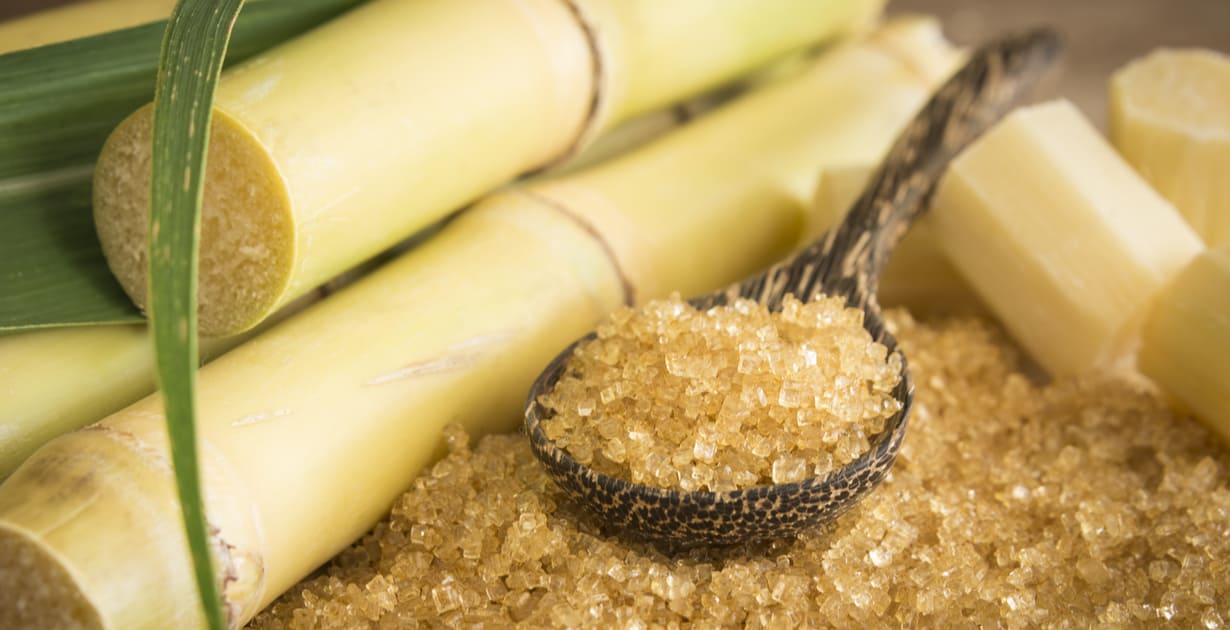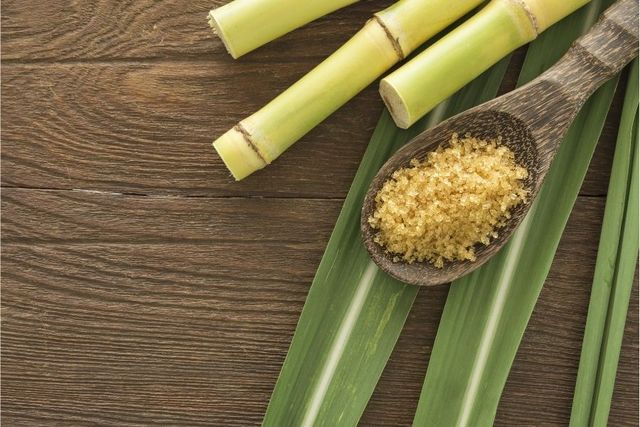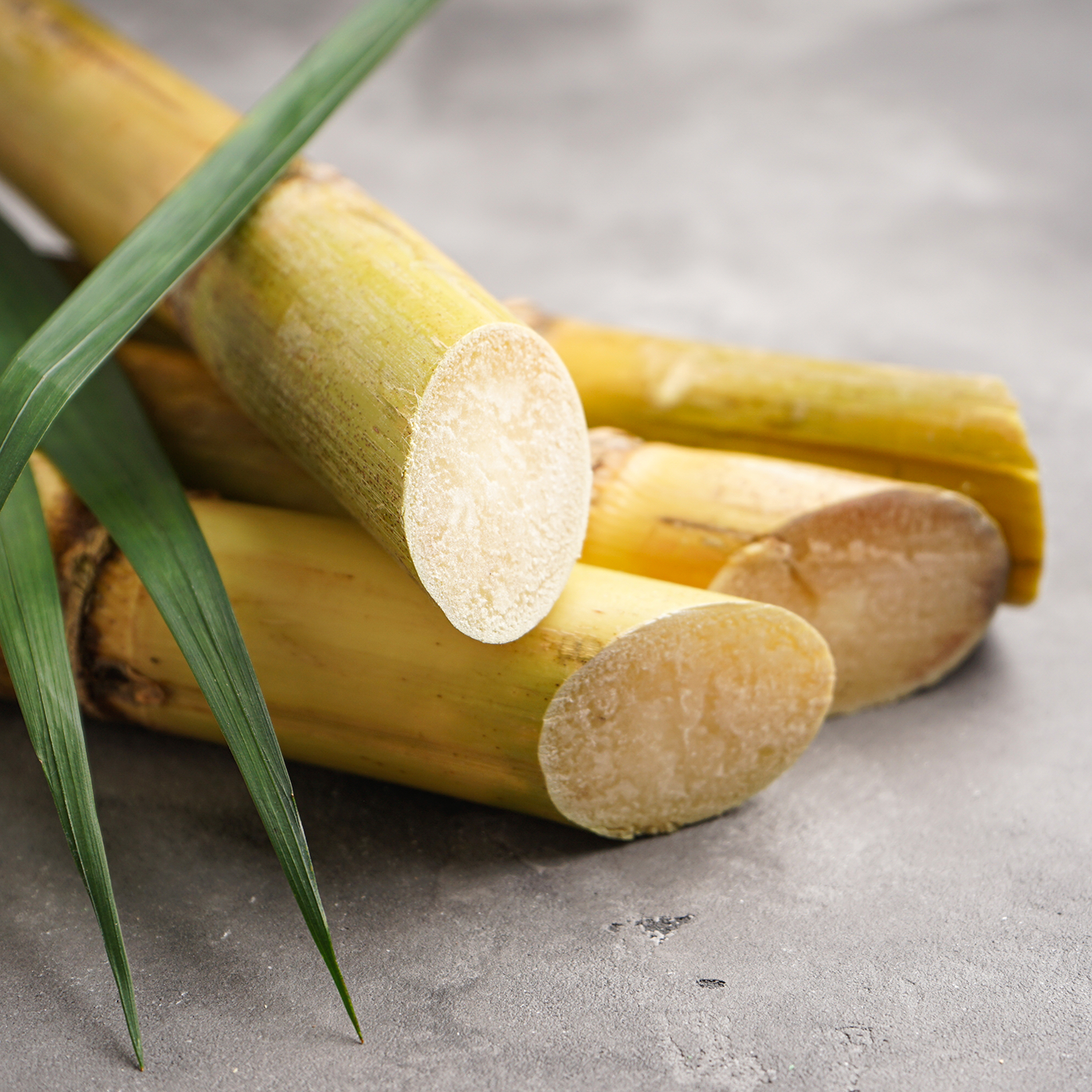All Regarding Sugar Canes: What Are Sugar Canes Made Use Of For and Their Function in Global Farming?
Sugar walking sticks act as a keystone of worldwide agriculture, mostly identified for their role in sugar production. They additionally add to the development of byproducts like molasses and ethanol. These aspects not just support numerous industries yet likewise influence economic stability in country areas. Nonetheless, the cultivation of sugar walking sticks encounters considerable environmental difficulties. Comprehending their multifaceted role triggers more exploration into their agricultural techniques and sustainability efforts.
The Agricultural Process of Sugar Walking Cane Cultivation
Although sugar walking stick farming may differ by region, the fundamental farming procedure stays constant. The very first step includes selecting high-yielding ranges ideal for local climates. Prep work of the soil is vital, frequently needing tillage and the enhancement of plant foods to enhance fertility. Planting normally occurs throughout the wet season, with farmers using either entire stalks or cuttings to establish new crops.As the plants expand, they need persistent treatment, including weed control, parasite monitoring, and irrigation, depending upon the ecological problems. Farmers check the sugar walking cane's development cycle, which generally covers 10 to 24 months, before gathering. Gathering is labor-intensive, usually performed by hand or with specialized equipment, making certain marginal damages to the stalks. Adhering to harvest, the walking cane is transported to refining centers. This careful growing procedure not only sustains regional economies yet likewise plays a considerable duty in international farming techniques, adding to food and power supplies.
Sugar Production: From Walking Cane to Crystal
The trip of sugar production starts the moment freshly collected sugar walking stick reaches processing centers. The very first step includes slicing the walking stick and cleaning to prepare it for removal. Making use of high-pressure rollers, the juice is drawn out from the crushed walking cane, causing a wonderful fluid understood as sugarcane juice. This juice undertakes information, where contaminations are removed with the enhancement of lime and heat.Next, the cleared up juice is focused by boiling it to create a thick syrup. This syrup is then taken shape by cooling down, making it possible for sugar crystals to create. The crystallized sugar is separated from the continuing to be syrup, referred to as molasses, via centrifugation.Finally, the sugar crystals are washed and dried out, resulting in the acquainted granulated sugar (What Are Sugar Canes Used For). This process transforms raw sugar cane right into a product that is important to different cooking and commercial applications, highlighting the importance of sugar in international agriculture
Biofuels and Sugar Canes: A Lasting Future
As the world increasingly looks for sustainable power services, sugar canes have actually emerged as a promising resource for biofuels. The biomass originated from sugar walking sticks can be converted right into ethanol, a sustainable gas alternative that considerably lowers greenhouse gas emissions compared to fossil gas. This procedure not only offers a cleaner energy source yet likewise advertises energy independence for several countries.In enhancement, sugar walking cane farming supports rural economic situations by creating tasks in both farming and biofuel production markets. The usage of sugar walking canes for biofuel production likewise encourages agricultural diversification, which can improve soil health and wellness and minimize dependence on solitary plants. The spin-offs of sugar cane processing can be made use of for electrical energy generation, additionally contributing to a lasting energy cycle. As nations endeavor to meet renewable power targets, sugar walking sticks are poised to play a necessary role fit a more sustainable future in the biofuel landscape.

The Duty of Sugar Canes in Drink Production
Sugar walking canes play a substantial function in beverage production, acting as a main component in rum and adding to the sweet taste of several sodas. In addition, their natural juices are utilized in various drinks, improving flavor and charm. This flexibility underscores the significance of sugar canes in the global beverage sector.
Sugar Cane in Rum
Rum production is intricately linked to the cultivation of sugar walking cane, an important plant that gives the essential fermentable sugars required for fermentation. This procedure begins with the extraction of juice from harvested sugar walking canes, which is then either fermented straight or processed right into molasses. Yeast is contributed to convert the sugars into alcohol, causing a varied variety of rum styles, from light to dark selections. The geographical area where the sugar walking stick is expanded considerably influences the flavor account of the rum, with elements such as dirt type and environment playing important duties. Countries like Barbados, Jamaica, and Cuba are renowned for their rum manufacturing, reflecting the historical and cultural importance of sugar walking cane within the global drink industry.
Soft Drinks Sweetener Resource

All-natural Juice Production Makes Use Of
In addition to its significant function in soft beverage manufacturing, sugar walking cane is additionally essential in the natural juice market. The juice drawn out from sugar cane, understood as walking cane juice, is celebrated for its all-natural sweetness and unique taste account. click for source This juice is typically consumed fresh in different areas, especially in tropical countries, where it is taken pleasure in as a rejuvenating beverage. Additionally, walking cane juice offers as a base ingredient in a variety of natural fruit juices and shakes, improving both taste and dietary value. Its all-natural homes make it an attractive choice to sweetening agents, attracting health-conscious consumers. On the whole, sugar walking stick's flexibility in juice manufacturing highlights its importance in contemporary beverage offerings worldwide.
Advancements in Sugar Cane Byproducts
Technologies in sugar walking stick byproducts are leading the way for sustainable solutions in numerous industries. Biofuels stemmed from sugar cane provide an alternate power resource, while developments in lasting product packaging are decreasing dependence on traditional materials. These growths highlight the flexibility and capacity of sugar walking cane beyond its primary usage in drink manufacturing.
Biofuels From Sugar Cane
How can the by-products of sugar walking cane add to lasting energy remedies? The conversion of sugar walking stick right into biofuels presents an appealing method for renewable resource. By making use of the coarse deposit, called bagasse, manufacturers can create bioethanol through fermentation processes. This bioethanol can serve as a sustainable option to fossil gas, lowering greenhouse gas emissions and dependence on non-renewable resources. In addition, molasses, one more by-product, can be fermented to generate biofuels, making best use of resource efficiency. The energy produced from sugar cane not just offers a cleaner gas source but additionally enhances the general economic practicality of sugar manufacturing. By integrating biofuel production right into their operations, sugar walking cane markets can play a crucial duty ahead of time sustainable power options worldwide.
Lasting Packaging Solutions
Sustainable packaging solutions are increasingly being created from sugar cane byproducts, showcasing the adaptability of this farming staple. Advancements such as naturally degradable plastics originated from bagasse, the fibrous deposit left after juice extraction, are getting grip. These index materials offer an environmentally friendly alternative to traditional plastics, lowering dependence on nonrenewable fuel sources and lowering carbon impacts. Additionally, sugar cane-based product packaging is compostable, damaging down normally without hurting the setting. Firms are now checking out these options to line up with consumer need for sustainability. As awareness of plastic pollution grows, the fostering of sugar cane-derived packaging is expected to increase, positioning sugar walking canes as a crucial player in the change to greener packaging options in various markets.
Economic Impact of Sugar Walking Cane Farming

Sugar walking cane farming has deep roots in numerous economic situations, its financial impact prolongs much past agricultural production. This crop works as a significant income source for numerous farmers worldwide, especially in developing nations where agriculture is a key livelihood. Sugar walking stick adds to regional economic situations through job development in farming, harvesting, and processing. The sector additionally boosts development in related markets such as transport, devices production, and food processing.Furthermore, sugar walking cane is a vital gamer in global profession, affecting worldwide markets and prices. Countries that create sugar walking cane typically count on exports to boost their financial security. The spin-offs of sugar walking stick, such as ethanol and molasses, branch out income streams for farmers and include worth to the farming market. Generally, the financial implications of sugar walking cane farming are extensive, impacting not just farmers however likewise nationwide economic situations and whole neighborhoods.
Environmental Factors To Consider in Sugar Walking Cane Farming
While sugar cane farming plays a vital role in several economic climates, it also elevates considerable environmental worries that can not be ignored. The extensive use of fertilizers and chemicals in sugar cane farming usually results in dirt degradation and water contamination. Drainage from these chemicals can pollute close-by water bodies, harming water communities. In addition, the monoculture practices common in sugar walking stick farming reduce biodiversity, making ecological communities more vulnerable to insects and diseases.Deforestation is an additional vital concern, as land is frequently gotten rid of to give way for sugar vineyards, causing habitat loss for wildlife and boosted carbon emissions. Furthermore, the high water usage needed for sugar cane irrigation can stress neighborhood water resources, specifically in deserts. As global demand for sugar remains to increase, dealing with these environmental obstacles comes to be crucial to assure lasting methods in sugar walking stick growing.
Often Asked Concerns
What Are the Nutritional Advantages of Sugar Walking Stick?
The nutritional advantages of sugar walking cane largely include its high carb material, supplying energy. Additionally, it contains vitamins, minerals, and antioxidants that might sustain general health and wellness, though small amounts is vital due to its sugar content.
Just How Does Sugar Walking Cane Affect Local Ecosystems?
Sugar walking stick cultivation can significantly affect regional environments by changing land usage, influencing biodiversity, and needing substantial water sources. In addition, it might result in dirt degradation and chemical drainage, interrupting bordering environments and wildlife populaces.
What Is the History of Sugar Cane Farming?

Exist Alternatives to Sugar Walking Stick for Sugar Production?
Alternatives to sugar cane for sugar manufacturing include sugar beetroots, corn, and different tropical plants like sorghum and agave (What Are Sugar Canes Used For). These plants offer diverse resources of sweet taste, each with distinctive growing needs and ecological impacts
Just How Do Climate Patterns Influence Sugar Walking Cane Returns?
Weather condition patterns significantly affect sugar cane yields via temperature variations, rainfall amounts, and seasonal cycles. Drought or too much rainfall can impede growth, while ideal problems enhance photosynthesis, inevitably affecting the amount and high quality of the harvest. The journey of sugar manufacturing starts the moment freshly collected sugar walking cane shows up at processing facilities. The taken shape sugar is divided from the continuing to be syrup, known as molasses, with centrifugation.Finally, the sugar crystals are cleaned and dried out, resulting in the acquainted granulated sugar. Rum production is intricately linked to the farming of sugar try this website walking cane, a necessary crop that provides the needed fermentable sugars required for fermentation. In addition, the monoculture practices prevalent in sugar cane farming reduce biodiversity, making ecosystems more susceptible to pests and diseases.Deforestation is one more essential issue, as land is typically gotten rid of to make way for sugar ranches, leading to environment loss for wildlife and enhanced carbon discharges. Alternatives to sugar walking cane for sugar production consist of sugar beets, corn, and different exotic plants like sorghum and agave.